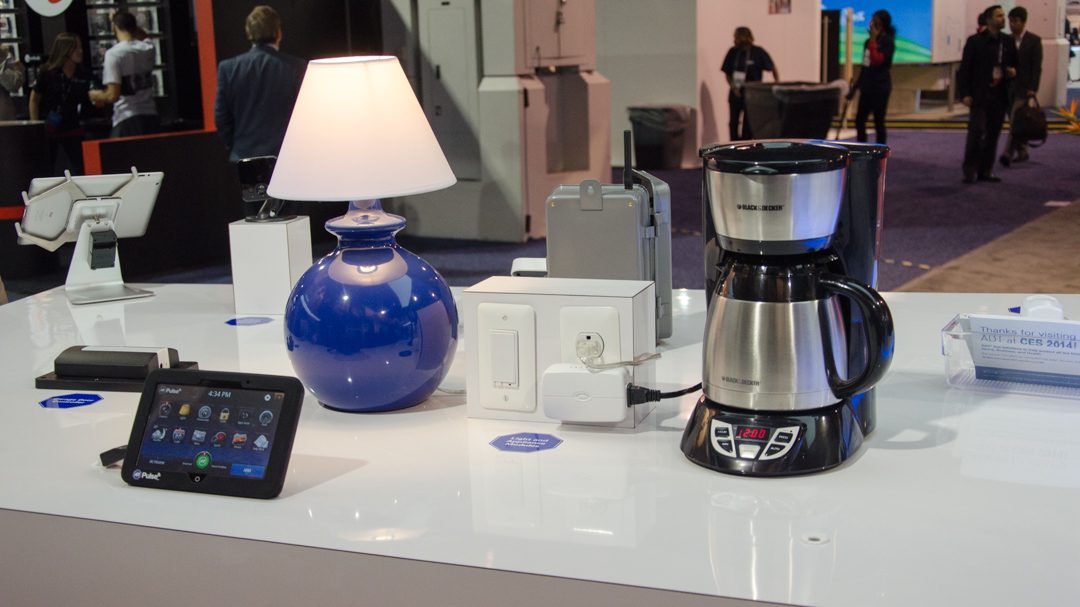Ensuring the security of smart homes as the market grows
Security is a hugely important issue

The number of smart devices we each own is increasing rapidly. Equally, the areas of our lives they have access to are extending, from communication, to lifestyle and health, security and our entire homes.
The reality of this is that we simply won't have the time to reap the benefits of smart devices and the insights they give us, if our interaction with each individual device isn't reduced. Instead, those devices must start talking to each other more, without our input – simply put, devices and apps will have to look after themselves and each other and allow us to relinquish control.
Security fears
Smart homes in particular have come under scrutiny of late, and as more major players enter the market, the prospect of apps and devices having unparalleled access to our homes and personal data has sparked fears about security and privacy.
We are on the cusp of seeing smart home devices enter the mass market. Analyst firms project that in 2018, people will spend $100 billion (around £64 billion, AU$115 billion) on smart home technology and there will be 45 million smart home systems in use.
Gartner predicts that the average home will have 500 smart devices by 2022, emphasising the need for intercommunication between devices without the need for human intervention. This is not just a vision of the future – AlertMe has already deployed more than a million smart devices into homes in the UK and US.
However, in a number of recent investigations, security experts have been given the task of 'hacking' into smart home devices, and have shown that there are vulnerabilities in some systems. So it is highly understandable that people may have fears, but they must be handled rationally.
Teething troubles
The Internet of Things and the world of smart devices are still in their infancy and this may come with the teething problems associated with explosive growth. Not just concerns over security, but also actual usability and interoperability. Remember the early days of mobile before roaming when networks were far from compatible?
Sign up to the TechRadar Pro newsletter to get all the top news, opinion, features and guidance your business needs to succeed!
So far in a nascent market where companies have not yet agreed standards, customers are not even aware of what the smart home can do for them and service providers are trying to learn how customers will use and interact with this new technology, so it has been vital for innovative companies to test and iterate. However, for serious providers security has never been an afterthought, but more a process of considering the relative merits of established and new home area network (HAN) technologies for connecting devices.
There are three points of connectivity key to security – firstly the technical security of smart home devices themselves and the HAN they will operate on. Secondly, there's device connection via home broadband to the cloud where devices are managed, and thirdly there's the customers own secure log-in.
In the home there are a number of well-established and newer protocols for connecting devices. Wi-Fi, which is now almost ubiquitous, still has its vulnerabilities if we don't follow the accepted steps for use. So putting IP addressable devices on an unsecured Wi-Fi connection makes them as open to compromise as your laptop or tablet.
Other newer HAN connectivity standards such as ZigBee provide encrypted mesh communications within the home. The connection of devices to the cloud should come with SSL/TLS encryption i.e. security to the same standards as online banking and ecommerce. And of course customers must maintain strict security practices when they log into any personal account online.
Further improvement
Also, there are now two significant trends that offer opportunities for further improvement.
Firstly, as the market scales, security measures will come about through the development of standards. We are already seeing the development of consortiums such as AllSeen Alliance which can formalise not only the technology standards, but also policy.
Secondly, one of the key solutions to the security challenges will be a model of automated testing of new applications. At AlertMe, with over eight years operating in the market, we understand the need for thorough and automated testing, yet with the speed of development, it is simply not possible to manually test each new application, so a software model for automated testing is vital.
Furthermore, simple rules and restrictions must be implemented to reduce the ability for individual apps to interact or control devices outside their intended remit. It is possible to isolate and restrict devices in the smart home, create rules and contain any potential damage. An app devised to control the lights in your house, for example, shouldn't be able to control your alarm system, even if it is context-aware enough to respond to it.
The success of smart homes and of these solutions will require an open ecosystem. Brands such as Samsung, Phillips and even Apple have realised that no one company can operate as a silo. Openness will breed competition and growth of the market. Standardisation will come with that, and as the market matures security and consumer safeguards will continue to be built in to ensure that these brands earn the trust of the consumer.
- Pilgrim Beart is Founder of AlertMe